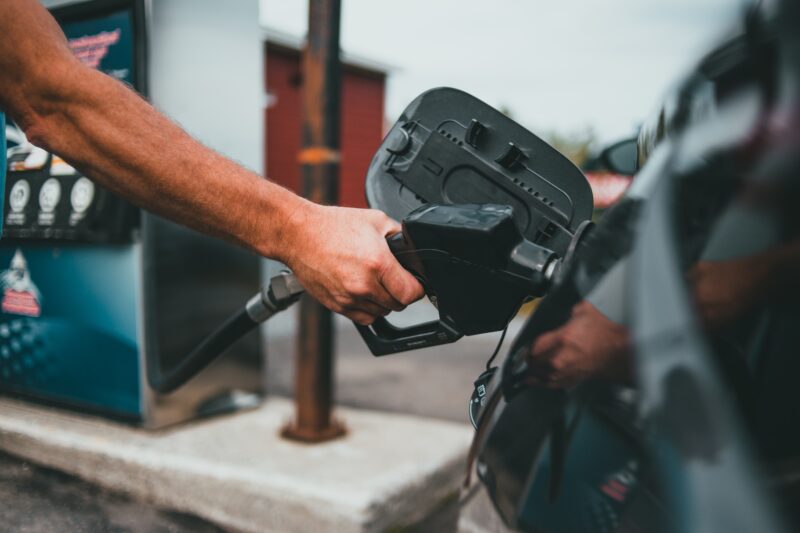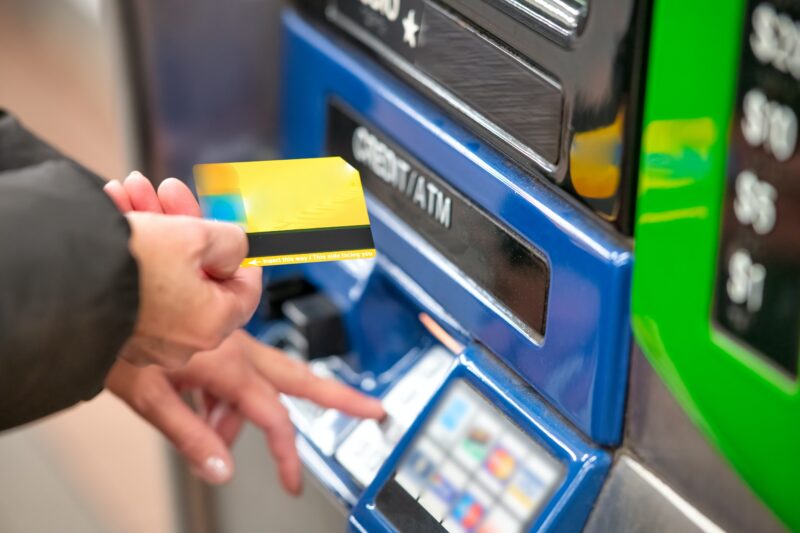Vepamom fuel level sensors are high-precision sensors for measuring the fuel level placed in the vehicle tank or fuel tank. Omnicomm LLS sensors are connected to the terminal of the traffic monitoring system and transmit the measured level indicator to it.
All Omnicomm LLS fuel sensors are distinguished by high accuracy and stability of indicators, ability to work in a wide temperature range from -60 degrees to +85 degrees, as well as maximum high power supply voltage and protection of electrical circuits from connection obstacles and errors. The relative error of the level measurement in the entire temperature range does not exceed 1%. All Omnicomm LLS fuel sensors are backed by a lifetime warranty.
YSD Vepamom has RS-232 and RS-485 digital interfaces.
The use of digital interfaces ensures a high level of protection against obstacles and the accuracy of data transmission, as well as maximum measurement capabilities.
In addition, the sensor is distinguished by a high level of protection of feeding cycles due to enhanced galvanic isolation.
All Vepamom fuel level sensors belong to volume type level gauges. Compared to existing resistive fuel sensors, volume sensors are distinguished by a completely electronic working scheme and the absence of moving parts, which ensures high accuracy, stability and reliability of work. Unlike flow fuel gauges, volume level sensors are not placed in the fuel line and do not affect the operation of the engine, and also allow accurate determination of filling and emptying volumes, which is not possible when using fuel gauges.
The sensors use the Fuelmetrix fluctuation filtering algorithm developed by Vepamom to calculate the exact fuel level, which guarantees accurate data even under extreme operating conditions.
Ultrasonic liquid level sensor
Ultrasonic fuel consumption sensors consist of two main parts. The fuel consumption sensor is installed at the bottom of the liquid tank. The electronic device that controls the fuel consumption is located outside the tank and shows the level of the liquid in it. Fuel consumption control is carried out with the help of an ultrasonic pulse. The pulse is transmitted from the device to the surface of the liquid in the tank, where it is reflected and transfers the fuel consumption to the measuring sensor. Fuel consumption control is carried out by determining the time of the pulse from the surface to the bottom of the tank and automatically converting it into volume. Thus, USSH allows to implement operational control of fuel consumption without contact of the device itself with liquid.
Non-contact ultrasonic fuel level sensors are designed for liquid level measurement as part of GLONASS/GPS on-board navigation equipment or as a stand-alone embedded medium.
It is used as part of fuel consumption systems in vehicles where fire safety and explosion protection requirements are particularly relevant, where it is impossible to use more “dangerous” technologies.
Currently, it is possible to measure the level of the following substances:
Gasoline
Diesel fuel
Liquid gas
Alcohol
Milk
Pickles
Kerosene
Paints
Solvents etc.
Distinctive features:
A method of fastening the fuel tank without drilling
Lack of contact with fuel
High fuel safety and explosion protection of information
High measurement accuracy
Measuring the fuel temperature and making corrections to the sensor readings
Internal fuel sensor connection block (for passenger cars)
Resistive fin fuel level sensor adapter with analog output and EIA-485 communication interface.
It allows to apply the fuel monitoring function in the most economical way in passenger cars, minibuses, light trucks.
Surveyors
VZO 4 OEM, VZO 8 OEM fuel gauges are designed for measuring the fuel consumption of diesel and gasoline vehicles. It is a product of the Swiss company “Aquametro” AG. The electronic part of the meter is not protected from outside interference. Our company has improved this product, now it is protected from vibration and magnetic field. The surveyor became even more reliable.





